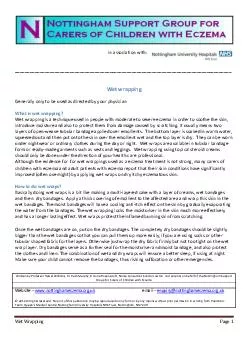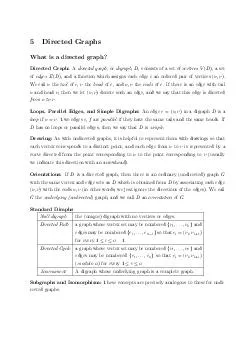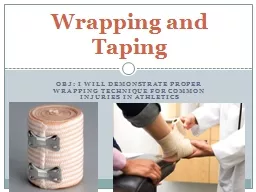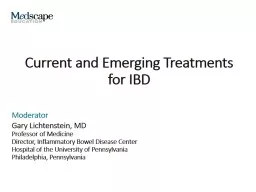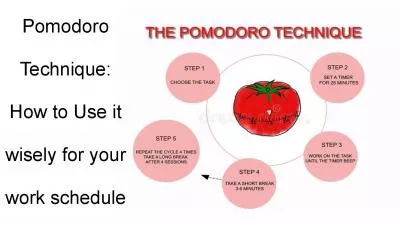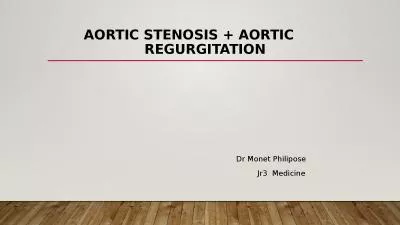PDF-Wet Wrapping Page In association with Wet wrapping Generally only to be used as directed
Author : conchita-marotz | Published Date : 2015-03-14
It usually means t wo layers of open weave tubular bandage applied over emollients The bottom layer is soaked in warm water squeezed out and then put onto the skin
Presentation Embed Code
Download Presentation
Download Presentation The PPT/PDF document "Wet Wrapping Page In association with W..." is the property of its rightful owner. Permission is granted to download and print the materials on this website for personal, non-commercial use only, and to display it on your personal computer provided you do not modify the materials and that you retain all copyright notices contained in the materials. By downloading content from our website, you accept the terms of this agreement.
Wet Wrapping Page In association with Wet wrapping Generally only to be used as directed: Transcript
Download Rules Of Document
"Wet Wrapping Page In association with Wet wrapping Generally only to be used as directed"The content belongs to its owner. You may download and print it for personal use, without modification, and keep all copyright notices. By downloading, you agree to these terms.
Related Documents

